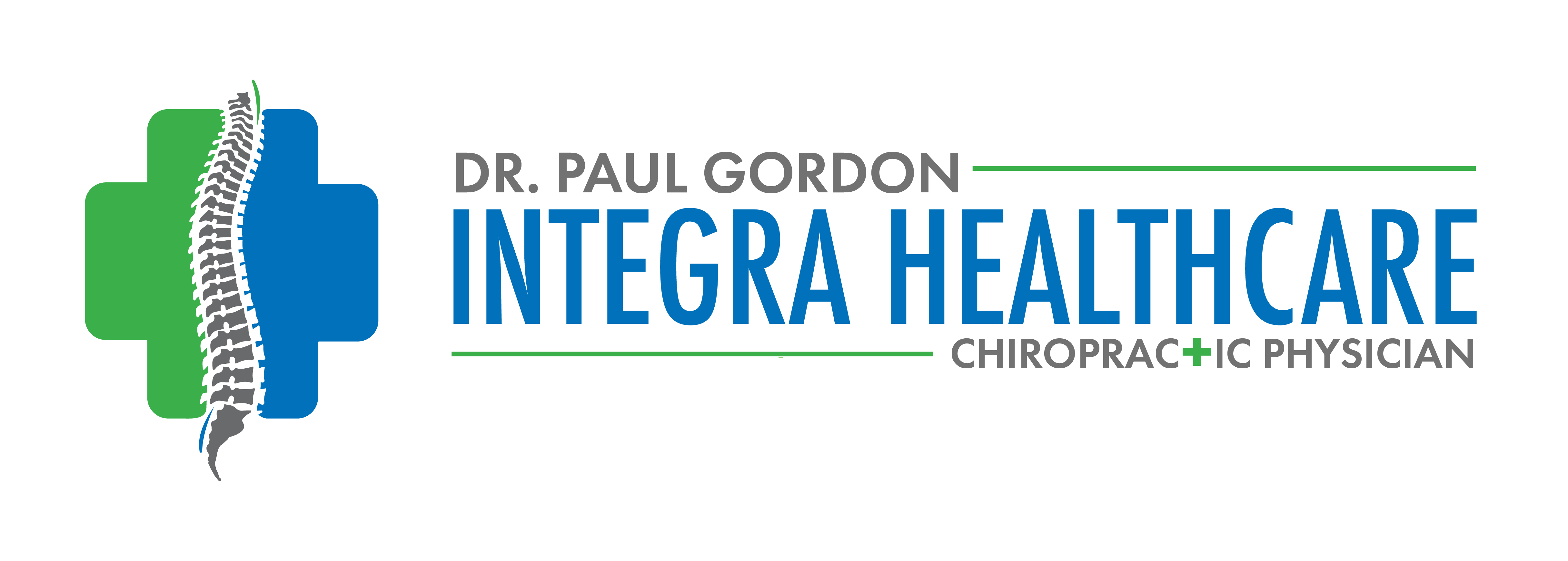Discs and the Types of Injuries that Can be Sustained
 When we are young, our spinal discs are thick and damp. They provide excellent cushioning between vertebrae. As we age, however, our spinal discs begin to lose water content and break down, or degenerate. This can cause a variety of painful and debilitating health conditions. Spinal discs can also be affected by trauma which can lead to anything from a bulging disc to a thinning disc. We will discuss the differences in discs and the types of injuries that can be sustained.
When we are young, our spinal discs are thick and damp. They provide excellent cushioning between vertebrae. As we age, however, our spinal discs begin to lose water content and break down, or degenerate. This can cause a variety of painful and debilitating health conditions. Spinal discs can also be affected by trauma which can lead to anything from a bulging disc to a thinning disc. We will discuss the differences in discs and the types of injuries that can be sustained.
Degenerative Disc
Although degenerative disc disease (DDD) is not really a disease, the condition is often painful. In fact, DDD rarely originates from traumatic injuries, like those caused by car accidents. Instead, the ailment usually stems from abnormal micro-motion instability. This occurs when the disc’s annulus fibrosus, or tough exterior, becomes thin and can no longer absorb spinal stress effectively. As a result, the affected discs become inflamed and irritate surrounding nerves. Degenerative disc is most common in the spinal sections that undergo more motion and stress. For many, this means the cervical spine (neck) and lumbar spine (lower back). Luckily, chiropractors offer a variety of treatment options for those suffering from this condition. The most common method is specific spinal manipulation. Through this method, the chiropractor locates any joints affected by the degenerative disc. He or she then helps restore movement to these joints through a gentle thrusting technique. These techniques differ and are always advancing. An experienced chiropractor can offer many more options that are specific to the patient.
Bulging Disc
Similar to degenerative disc disease, bulging disc occurs due to exterior spinal disc weakening, which happens as we age or as a result of blunt force trauma. With a weaker fibrous portion, spinal discs gradually lose their elastic recoil ability. This adds pressure to a disc’s central core. As the pressure builds, it begins to stretch to the disc’s thinning outer rim, which creates a bulging disc. This condition is most common in the cervical (upper) and lumbar (lower) regions of the back. Although it does not typically have symptoms, bulging disc can become painful if it irritates a nearby nerve. If this occurs, you may experience aching, burning, or sharp pain. For bulging disc pain remedies, an experienced chiropractor can discuss many conservative treatment options that can reduce or eliminate the patient’s pain. After a certain period of conservative care, a patient may still need to consider further, more invasive options. This is when an experienced chiropractor can work with specialists, such as orthopedic surgeons, neurosurgeons, or pain management specialists, to devise a comprehensive and integrative treatment plan that can help patients get back to a higher quality of life.
Herniated Disc
A herniated disc refers to a tear in the disc’s tough exterior, which causes the soft interior to leak through the outer ring and into the spinal canal. Also known as a slipped disc or ruptured disc, this condition is typically caused by sudden trauma, such as auto accidents, or frequent, improper movements. In many cases, herniated discs form in the lumber (lower) back region. Symptoms typically depend on the exact location of the herniated disc and can range from muscle weakness to sharp, shooting pain due to pinched nerves. To treat a herniated disc, a chiropractor will first examine your spine from neck to lower back to determine which treatment method will work best. A common treatment method for this condition is spinal manipulation. This non-invasive method adjusts your spine to ease herniated disc symptoms. Another common method is the pelvic blocking technique. Through this treatment, the chiropractor places cushioned wedges under each side of your pelvis. With painless exercises, he or she will help pull the disc away from the nerve it may be irritating. A chiropractor will continue with this type of treatment plan for a certain period of time, depending on the history of the patient. If, after that period of time, the patient does not respond as anticipated, then a comprehensive and integrated plan of action may be discussed with the patient. This would include bringing in a medical specialist such as a neurosurgeon to consult with the chiropractor and patient on the next step for treatment.
Thinning Disc
A thinning disc most commonly occurs as a result of the aging process. As our inner disc fluid decreases, the spinal discs weaken. Some may no longer be able to handle the pressure of the spine’s surrounding vertebrae. As a result, the discs may become thin or flat. Thinning disc can occur in any part of the spine and most frequently leads to chronic back or neck pain, muscle weakness, and/or numbness. Chiropractic is an affordable, effective way to treat the effects of thinning disc. To relieve nerve pressure or reduce pain, a chiropractor may conduct trigger point therapy. This targets pain points on affected muscles or nerves and relieves tension in the area. If you suffer from chronic pain, a chiropractor may also make neck or back adjustments to reduce or eliminate the pain.
Of course, each patient’s condition is unique, so it’s important to discuss your symptoms with an experienced chiropractor. For more information on discs and the types of injuries that can be sustained, or to learn more about how chiropractic can benefit you, contact our clinic today.
Leave a reply

Leave a reply